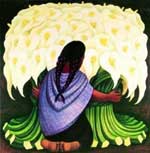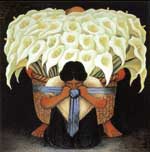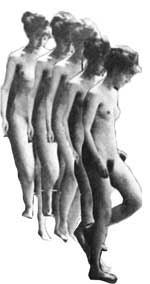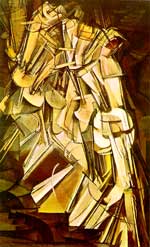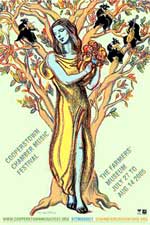Repetition and Revisiting Unity
Unity... the quality of oneness.
Unity refers to the sense that all of the parts of the artwork are working together to achieve a common result; a harmony of all the parts.
Visual unity is one of the most important aspects of well-developed art and is frequently planned by the artist... if not planned, it is considered and acted upon by the artist.
When nothing distracts from the whole, you have unity.
|
| You can create unity in a composition by repeating elements: repetition of colors, shapes, lines, etc. throughout the image. |
| However, a composition can be highly unified but very boring to look at if there is not enough variety. When variation is missing, repetition becomes monotonous. |
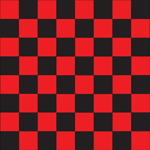 |
| Variation adds interest and moves the eye. |
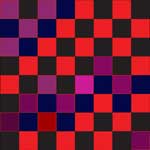 |
| Repetition in nature is common , from schools of fish to forests of trees, patterns of leaves to spores on a mushroom. The important thing to notice with natural repetition is the presence of variation. |
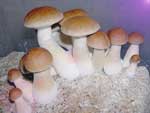 |
| |
 |
| |
|
Sequence is regular repetition |
| |
 |
| Sequence provides stability... frequently use as decorative elements in a design. The dots on the container are sequential; the stack of pancakes is not a sequence, because the pancakes are not regularly repeating. |
 |
| A motif is a simple design element that can be easily repeated. |
|
 This motif is repeated around the top of this bowl in a sequential manner. This motif is repeated around the top of this bowl in a sequential manner. |
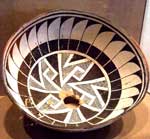 |
| The regularly spaced bars in the back of this Renoir help to move the eye through the composition. |
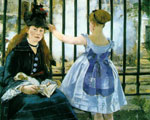 |
Rhythm is accented repetition |
| |
 |
| Rhythm creates movement |
|
| A rhythm is not always linear. The rhythm of the crows moves the eye. |
 |
| The rhythm of the leaves helps to move the eye and keep it from leaving the poster. |
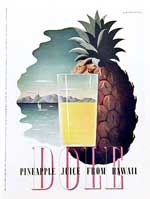 |
| A rhythmical placement and coloration of the peacock feathers adds to the "Activeness" of the logo. |
 |
| |
|
| Designers use rhythm to
construct single images as well as to create books and other paged work. Designers seek rhythms that are punctuated
with change and variation. |
Movement
Assignment
Create on four separate pieces of 4 x 6 bristol board:
- Two examples of Sequence
- Two examples of Rhythm
- Label the four examples appropriately, check your spelling!
Tuesday, May 9th
Final exam
This website will be "highlighted," as it was for the midterm exam.
AND Turn in your sketch book
with ALL assignments, labeled... including your nameplate.
Thursday, May 11th ... you may pick up your sketchbooks from 3:30pm to 4:00pm. Sketchbooks not picked up during this time may be retrieved during the first two weeks of Fall, 2017 semester. After that time, they may be recycled.






 This motif is repeated around the top of this bowl in a sequential manner.
This motif is repeated around the top of this bowl in a sequential manner.




